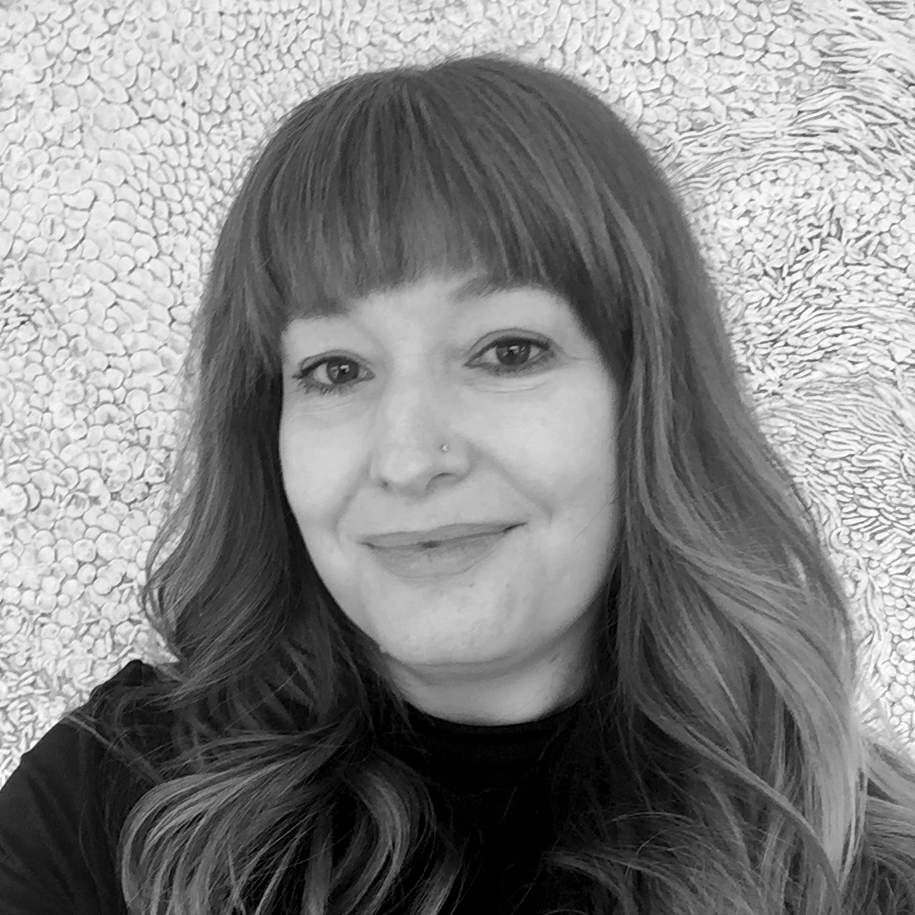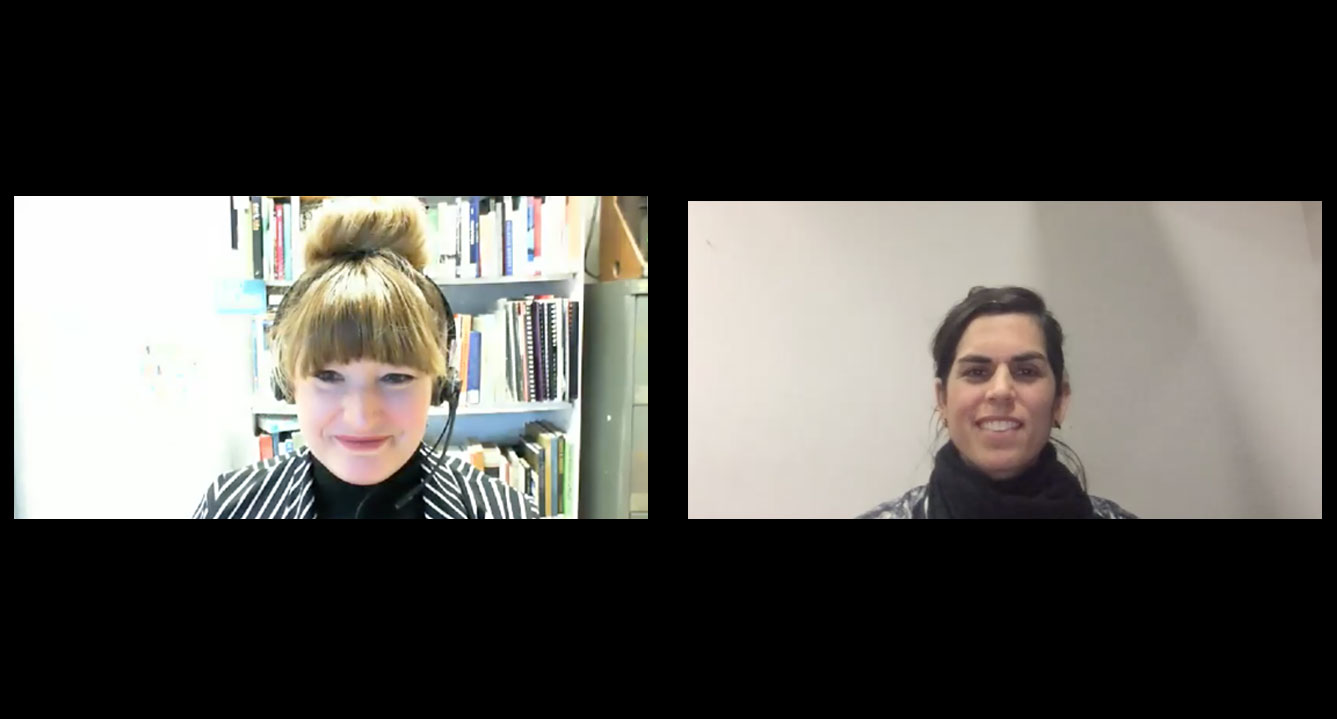Svenja Kratz
The Contamination of Alice: Instance #8
About
The Contamination of Alice: Instance #8 is part of an ongoing investigation begun in 2008 that has produced a series of installations collectively titled: The Absence of Alice. The series explores biotechnologies, specifically Saos-2, a cell line isolated from the bone cancer lesion of an 11-year-old girl, Alice, in 1973.
The artist says the following about this series:
Since the establishment of the Saos-2 cell line, Alice’s cells are routinely in research laboratories throughout the world. As such, even though Alice is most likely long deceased, due to the virulent nature of her cancer, the overall biomass of the remaining cells now most likely far outweighs the mass of her body when she was alive. The cells themselves are also not static, but highly dynamic and interconnected organisms, that respond dramatically to changes in environmental conditions. The longer they are maintained in culture the more they also tend to change and mutate, becoming increasingly ‘other’ from the cells originally isolated from Alice. Despite the continual ‘becoming‘ of Alice’s cells, they nevertheless always remain intimately connected to the girl, as they contain her DNA and therefore the instructions for making every part of her body.
The works produced for The Absence of Alice comment on the uncanniness of the cells: living fragments of an absent human body.
The Contamination of Alice was developed in a creative partnership between the Creative Industries Faculty and The Institute of Health and Biomedical Innovation at Queensland University of Technology, Brisbane. The custom projection system and Agar housing components were developed in collaboration with microelectronics engineer Michael Maggs. Sound design was developed in collaboration with Carly Dickenson (Anise).
Presented as part of: Experimenta Recharge: 6th International Biennial of Media Art, which toured Australia in 2014–2016.

The Artist
Svenja Kratz
Svenja Kratz is an Australian-based media artist interested in trans-disciplinary creative practice, particularly the intersections between science and art.


